Seeds of survival: genetic diversity protects far more than our food supply
Bethallyn Black, DVC horticulture instructor tends seedlings in a campus greenhouse, October 16, 2016.
November 29, 2016
Imagine a pitchman telling you, “Our product offers reduced data, far fewer options, a higher chance of complete failure and, should it fail, a potential for a devastating system collapse.” How eager would you be to get on board with that bad boy?
Bethallyn Black, Diablo Valley College horticulture instructor, suggests that’s exactly what is happening to our food and seed supply. Ensuring genetic diversity through seed saving is the remedy she teaches to all her students.
“We’re living in a world that keeps limiting choices,” Black says. “When everything is genetically the same, there’s no resistance in that population.” This leaves plants vulnerable to pathogens, insects and environmental shifts, such as climate change.
Dr. Tim Johnson, head of seed preservation at Seed Savers Exchange, one of the largest heirloom seed banks in the United States, says, “We need to have a really robust and diverse collection of genetic resources at our disposal” to address emerging pathogens and stressors. “We need this huge, diverse pool because we never know which gene, which little bit of germplasm is going to be the silver bullet.”
The most basic of all human needs — from the oxygen we breathe, to the food we eat, the clothing we wear and the shelters we build — start with a seed: a tiny repository of genetic data from which a plant grows, Johnson says. Among the plants humans need to survive, the lack of diversity among our food crops is the most grave.
Black says clones, genetically identical varieties, are the most susceptible to being wiped out, which can have catastrophic consequences when the clones are part of the food supply.
One of the world’s most popular clones, the Cavendish banana, is on the brink of extinction today. The science journal “Nature” reports the Cavendish banana has no resistance to a soil-born fungus which is slowly making its way around the globe. But losing bananas would be only a small blow compared to other foods.
When a cloned food is the main source of a peoples’ calories, the results can be tragic. In the 1840s, the entire population of Ireland depended on the lumper variety of potatoes for survival, Black says. The lumpers were grown from tubers, not seeds, resulting in clones of one another. A fungus-like organism spread across the island killing every lumper potato that grew. Historical records show one million people starved to death in Ireland in a matter of a few years. One million more fled the island in a desperate attempt to save themselves and their families from death.
“Had they been growing 50 or 60 kinds of potatoes, there would have been a much greater likelihood that something would have been resistant to the pathogen,” Black says.
Quite a few foods we eat today are cloned, including nearly anything seedless — navel oranges, grapes, many varieties of apples, and garlic, to name a few.
Fortunately, most crops are cultivated from seeds. But how those seeds are selected and acquired has changed dramatically in modern times, Black says.
“One hundred years ago, 99.9 percent of farmers and gardeners saved their own seeds,” she says. Back then, farmers and gardeners knew which plants were heartiest and had the best flavor, and from those plants seeds were saved in a process known as selective breeding.
“In the 1930s and 40s, there started to be a commercial seed industry, and what has happened is that there are fewer and fewer varieties of seed being sold,” Black says.
Johnson of Seed Savers says “a lot of seed companies are buying their seeds from one or two distributors. So, you have these huge companies that grow tons and tons of seeds. When you look at all the offerings between these seed companies, it looks like there’s lot of diversity,” but they are all buying and selling the exact same seeds.
Black says seeds used to grow most commercial crops are patented and are not available to be purchased by the home gardener.
Johnson adds that it’s illegal for patented seeds to be studied by independent scientists, so there is no way of knowing how genetically diverse the commercial food supply is. Johnson says his concern is for the corn crops which were nearly wiped out in the 1980s. He says there is no way of knowing if that crop is still vulnerable to failure.
Black and Johnson are taking the staggering lack of genetic diversity seriously, as are thousands of gardeners and farmers and dozens of private organizations. They’re on a mission to save heirloom and crop-wild relative seeds. Each one of these types of seeds has important and unique qualities.
Heirloom plants, Black says, are those that have been grown outside the commercial food industry by small farmers and gardeners for hundreds of years, although some heirlooms are now being grown commercially. Their fruits and vegetables have not been selectively bred to produce commercially important qualities like ripening all at once for cheap and easy to harvest, or to remain bruise-free during the packing and shipping process, or to look good rather than to taste good, she says. Heirloom plants have been selectively bred for heartiness and flavor only.
Crop-wild relatives seeds are critical, Johnson says, for capturing the widest range of genetic diversity possible. “Every crop that we eat is a domesticated form of something that was wild,” he says.
An example of one such wild-relative is the tomato that grows in Mexico. When originally domesticated, only about 5 percent of the available genetic range was cultivated, Johnson says. “This means we have a huge pool of potential germplasm that’s unimproved and wild. There’s an effort to capture these seeds and a lot of these plants are in jeopardy because of land development.”
Sometimes seed saving is about much more than preserving genetic diversity. Sometimes it’s about preserving and honoring something uniquely human — the diversity of regional cultures.
Many years ago, Black discovered a spicy pepper so delicious, she decided to grow some in her home garden. At that time, she couldn’t find a company that sold the Aleppo pepper seeds anywhere, and it’s not as if she had a shortage of seed catalogs. After speaking with many master gardeners, she finally found a person who had grown the amazing pepper who was willing to part with 10 pepper seeds. With these 10 seeds she planted her Aleppo pepper crop and enjoyed the results immensely.
Today, the city from where the pepper originated, Aleppo, Syria, is becoming a bombed-out shell with most of its inhabitants fleeing for safety because of civil war. Cultivating their famous pepper is probably the last thing on the Syrians’ minds these days.
But Black knows that when the civil war has ended and the Syrian people return to Aleppo, she will happily send the famous pepper seeds back to them. In the meantime, their heritage is being safely stored in seeds for future generations.
And so are the genetically diverse seeds from every imaginable crop from vegetable and flowers, from timber and cotton, preserved by people and organizations, for all the future generations to come. Now, that’s a product worth getting on board with.
Editor’s note: An earlier version of this story misspelled Bethallyn Black’s name.





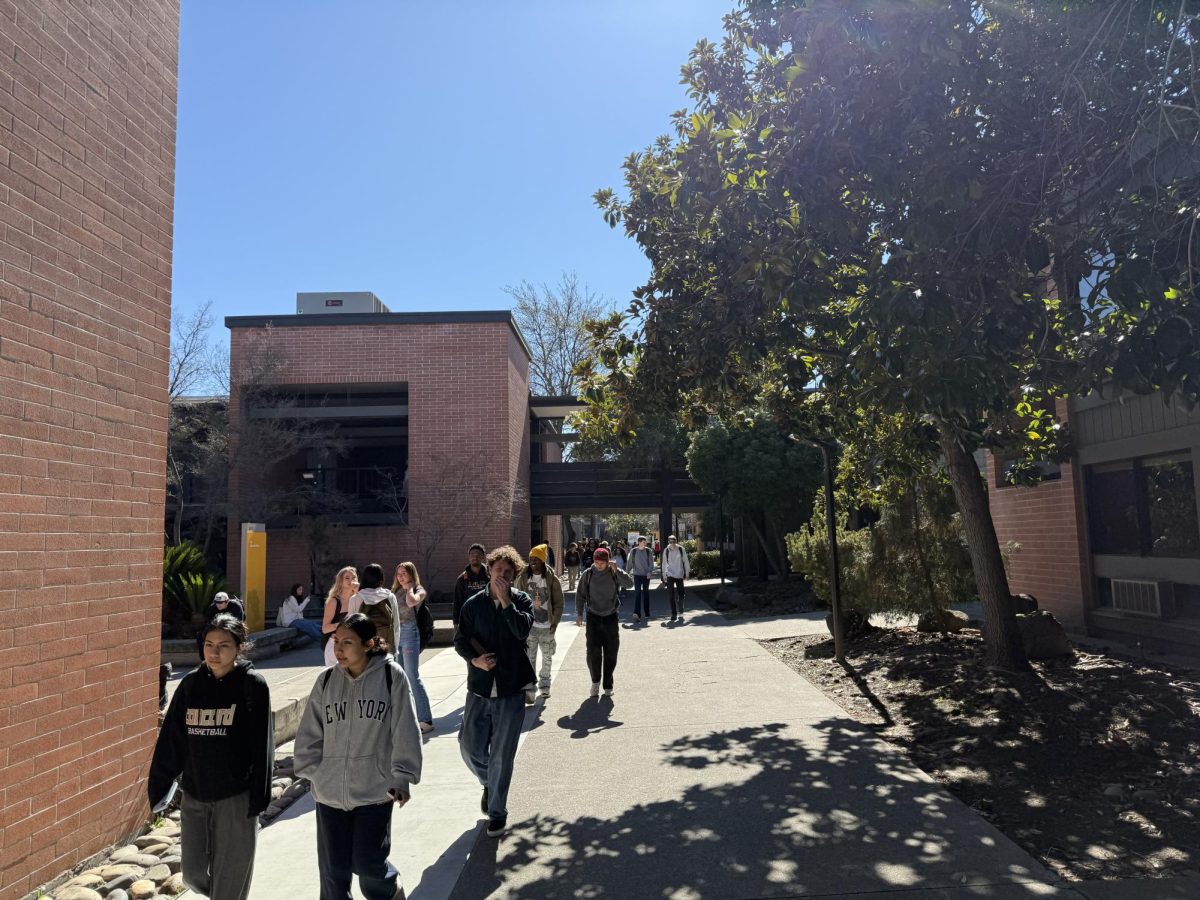





















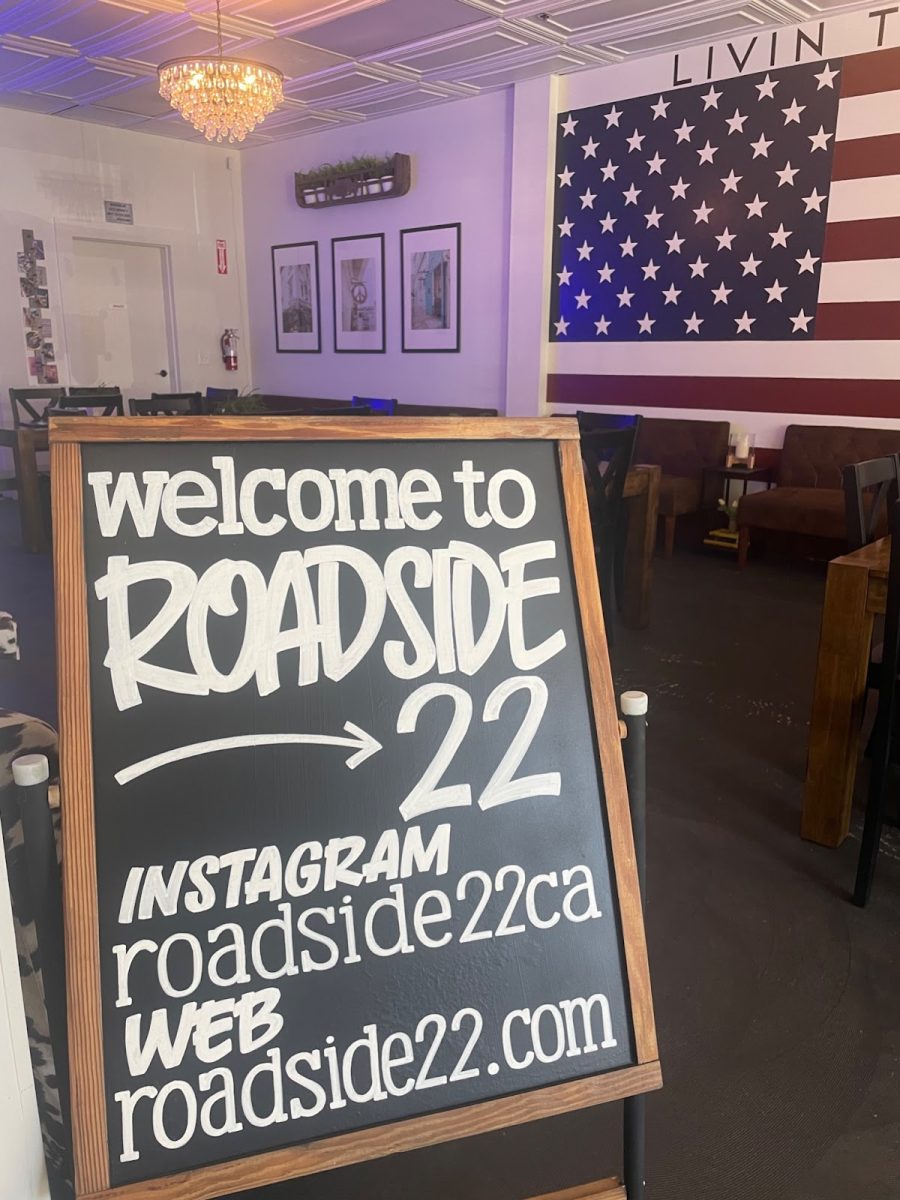


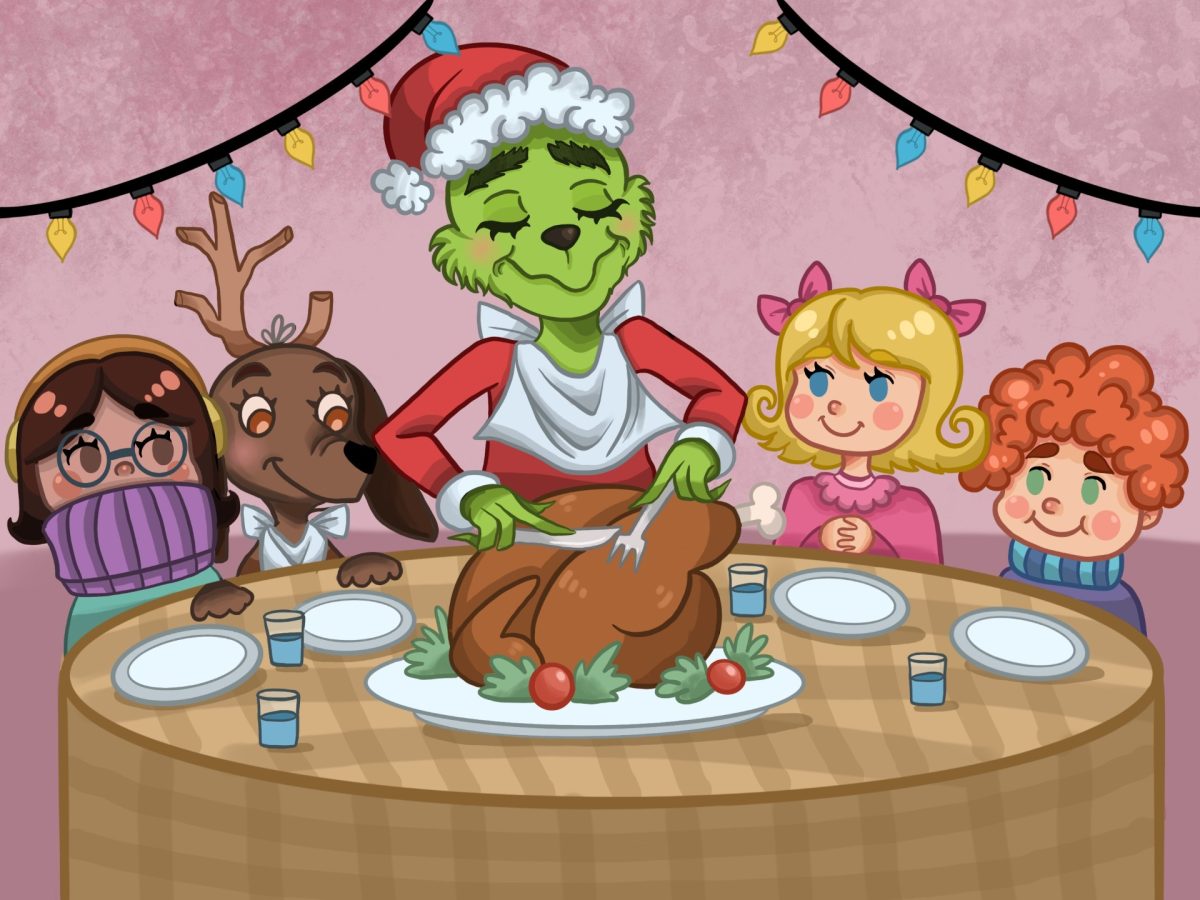
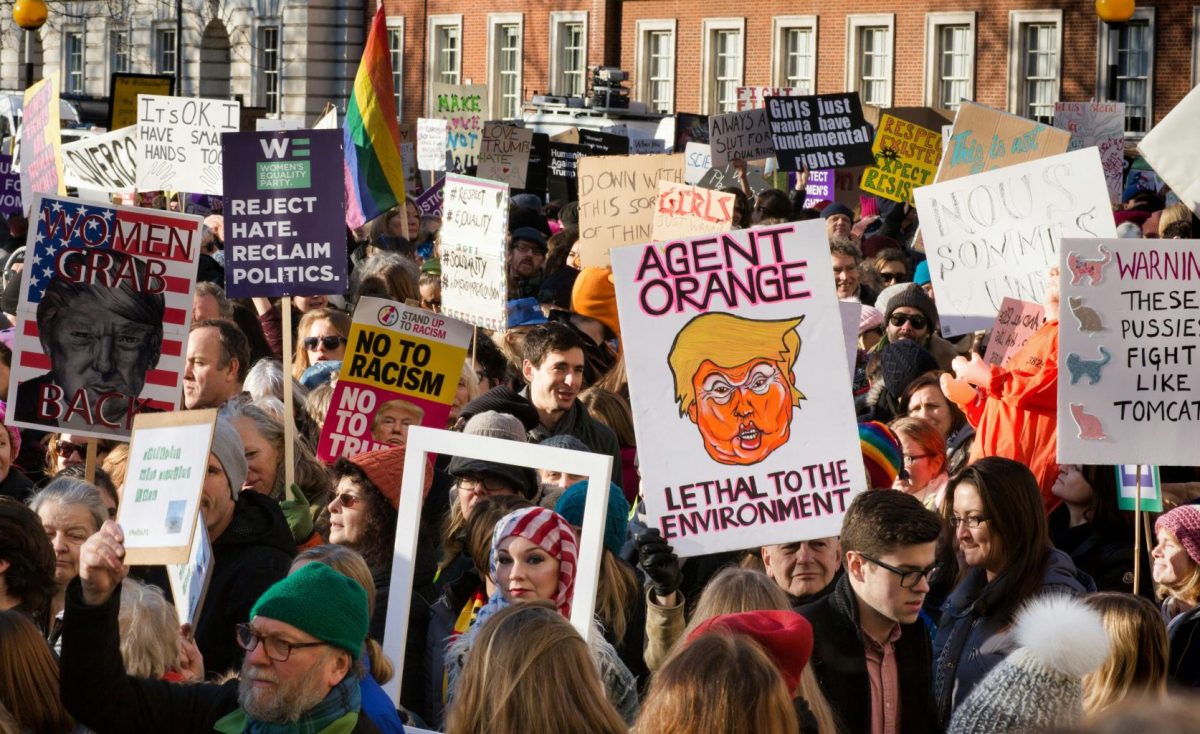












































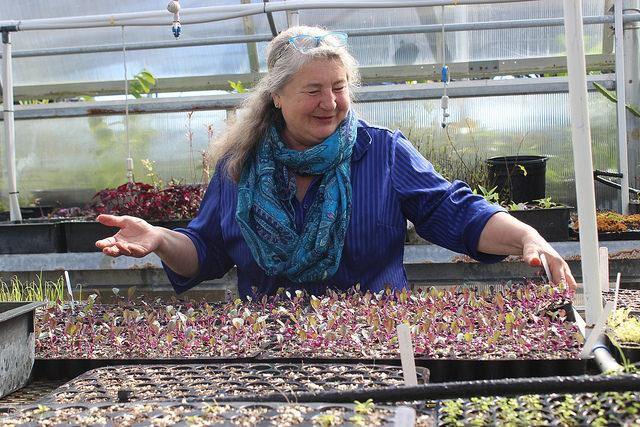
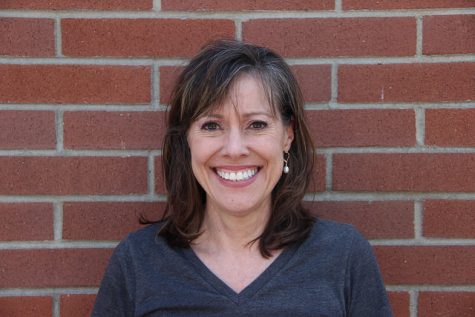
Chinmoy Phukon • Dec 1, 2016 at 8:45 am
Thanks to Black for such great work